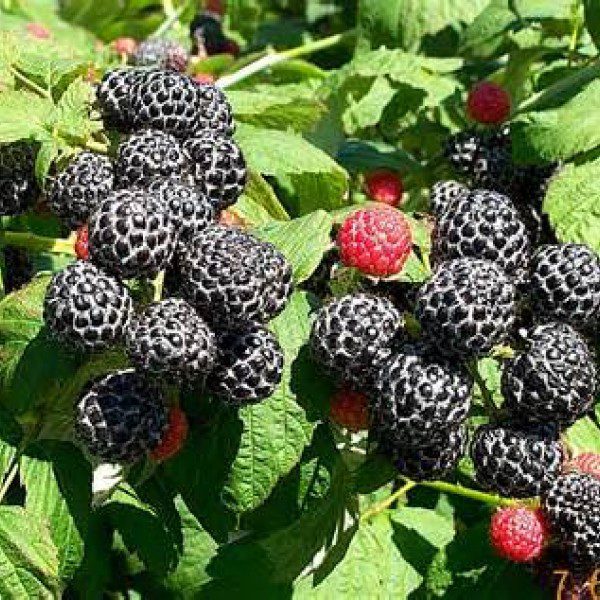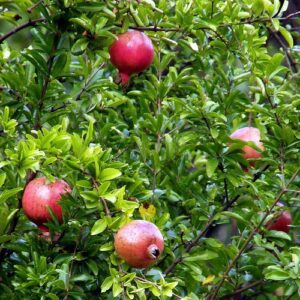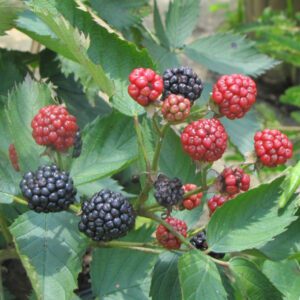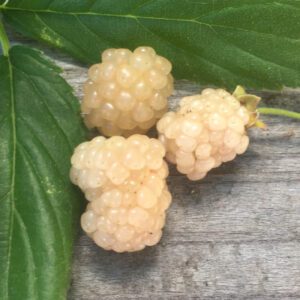Mysore Raspberry Bush Live Plant NEW Rubus
$8.99 sales tax
Plants for sale are “Mysore” Raspberry plants. Each plant I offer is Hybridized and grown from tissue cultures to be a disease free exact replica of the mother plant. Plants are between 4-12″ tall. Raspberries grow fast!!! Where most raspberries f..
Description
Plants for sale are Mysore Raspberry plants. Each plant I offer is Hybridized and grown from tissue cultures to be a disease free exact replica of the mother plant. Plants are between 4-12″ tall. Raspberries grow fast!!! Where most raspberries fail the Mysore Raspberry plant thrives. Its ability to fruit in our southern most climates earns its title of the southern Raspberry. Mysore Raspberry plant is a successful Raspberry for southern climates zones 8-10. A must for all southern gardens. Also goes by the names Snow peaks and Ceylon. Mature height of 10-12′ tall Disease resistance is AAA+. Ships to the continental United States only. We recommend using Bio Spectrum Organic fertilizer located In our store.
Mysore Raspberry Plant Care and Growing Instructions
Site Selection and Site Preparation
Ideally, a prospective commercial blackberry grower should select a site with good air and water drainage.
Avoid low lying areas. This minimizes the probability of frost injury to flowers and newly developing fruit, as well as flood injuries during periods of excess rainfall.
Although blackberries do well in most soils, deep well drained soils are ideal. Blackberries perform best at a soil pH between 5.5 and 6.5.
Drip irrigation, as compared to overhead irrigation, will minimize subsequent weed control.
Upon arrival bareroot plants should be kept moist, but not wet. If these plants arrive prior to the anticipated planting date they can be stored in the refrigerator (small quantity) or be heeled in a trench (larger quantity) to stay moist.
To heel plants in, simply dig a trench and cover the roots with damp soil. While planting do not allow the blackberry roots to dry out. Cut back the shoots to about 6 inches in length and plant to the same depth they were in the nursery. Spread the roots but try to avoid excessive root bending in the hole. Remove air pockets by compacting the soil.
Plant spacing is cultivar dependent. Space erect cultivars from 2 to 4 feet apart within a row. Space trailing blackberries 3 to 5 feet within a row. The spacing between rows can be 10 to 15 feet depending on plant vigor.
Pollination
Blackberry fruit is borne on the current year’s growth with usually 10 to 20 flowers per cluster. Blackberry briar bushes and raspberries are an aggregate fruit with individual pistils which form druplets.
To obtain a large well formed berry, make sure most of the individual pistils in an inflorescence are pollinated. Smaller or imperfect fruit are often a result of inadequate pollination.
Blackberries range from completely self-fruitful to completely self-unfruitful. Most erect blackberries are fruitful yet trailing cultivars often require cross pollination. Reports show that cross pollination results in the highest yields.
Several different blackberry cultivars should be planted together to insure cross pollination particularly if wild blackberries are not in the vicinity. Additionally, Blackberry flowers produce nectar and pollen that attract bees which serve as pollinators.
Leafy Stem Cuttings
This is the most feasible method to produce large quantities of plants. Leafy stem cuttings may be propagated from the apical 4 to 6 inches of cane when the cane is succulent but still Blackberries do not require much fertilizer in most soils.
Fertilizer
Blackberry roots are located close to the surface and excess fertilizer can burn leaves or even kill plants. Apply fertilizer in an 18-inch ring around the plant, or parallel to the row 12 to 18 inches from the row center.
Fertilization with 10-10-10 N-P-K with micronutrients is satisfactory. Do not apply fertilizer at planting in the winter; rather wait until late spring or summer.
If applied during planting, fertilization can injure a plant. Early fertilization can also waste fertilizer. Roots may be too small to absorb nutrients.
During the establishment year fertilize with about 1/4 pound per plant or up to 5 lbs per 100 foot of row.
During the second year and thereafter fertilize in the winter and in the summer (after harvest) with 1/4 to 1/2 lb per plant or about 10 lbs per 100 feet of row.
Florida Hill Nursery is your internet source for buying rare plants and fruit trees. Our online Plant selection ensures the best selection of internet plants available. Check out our wide selection of other tropical plants, subtropical plants and northern temperate climate plants. Buy 1 plant or tree and receive free shipping on the next three plants or trees using *best way shipping.
Our online selection of rain forest tropicals and fruit trees can add a piece of the tropics to your back yard, greenhouse, patio or garden.





